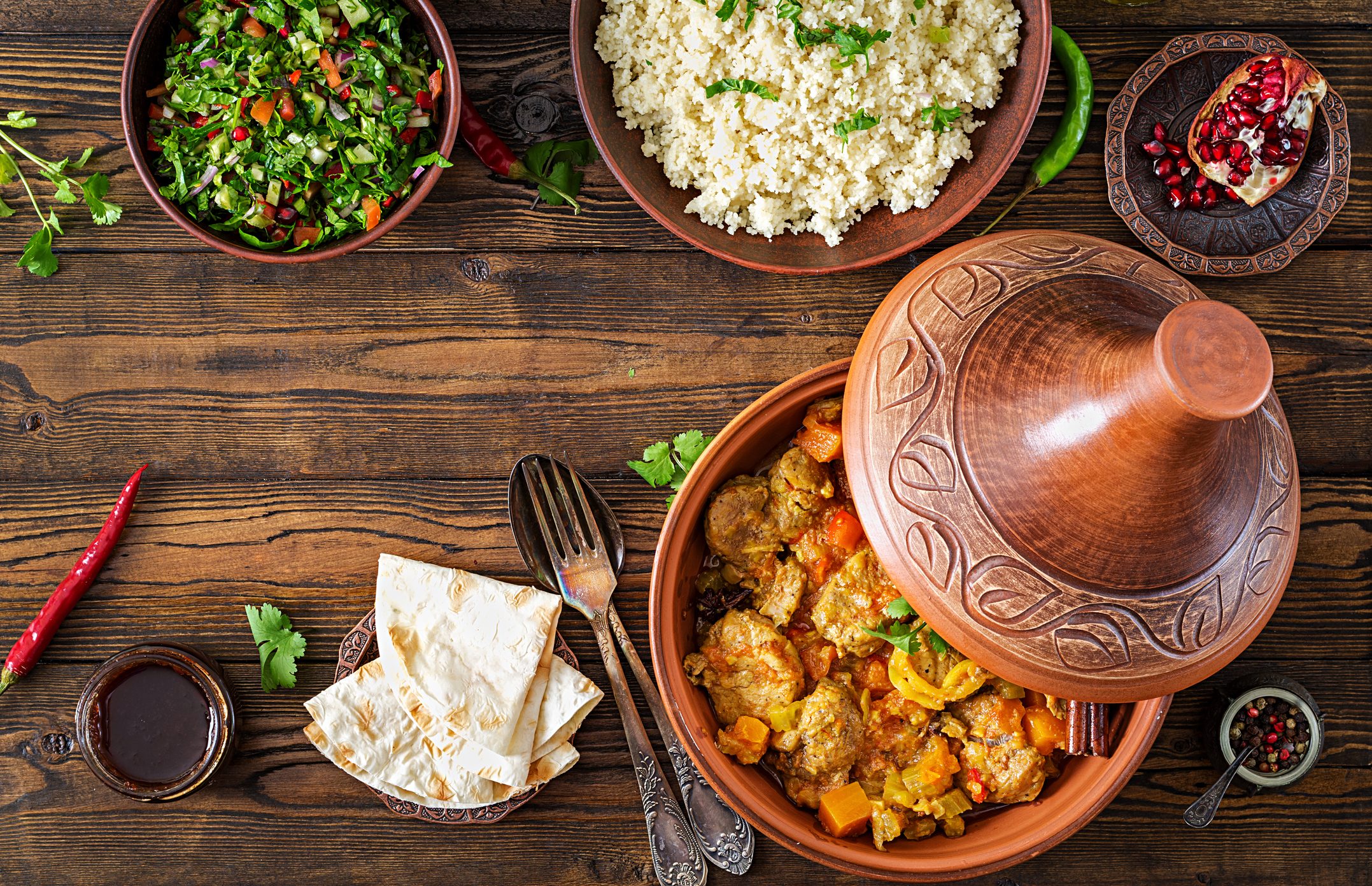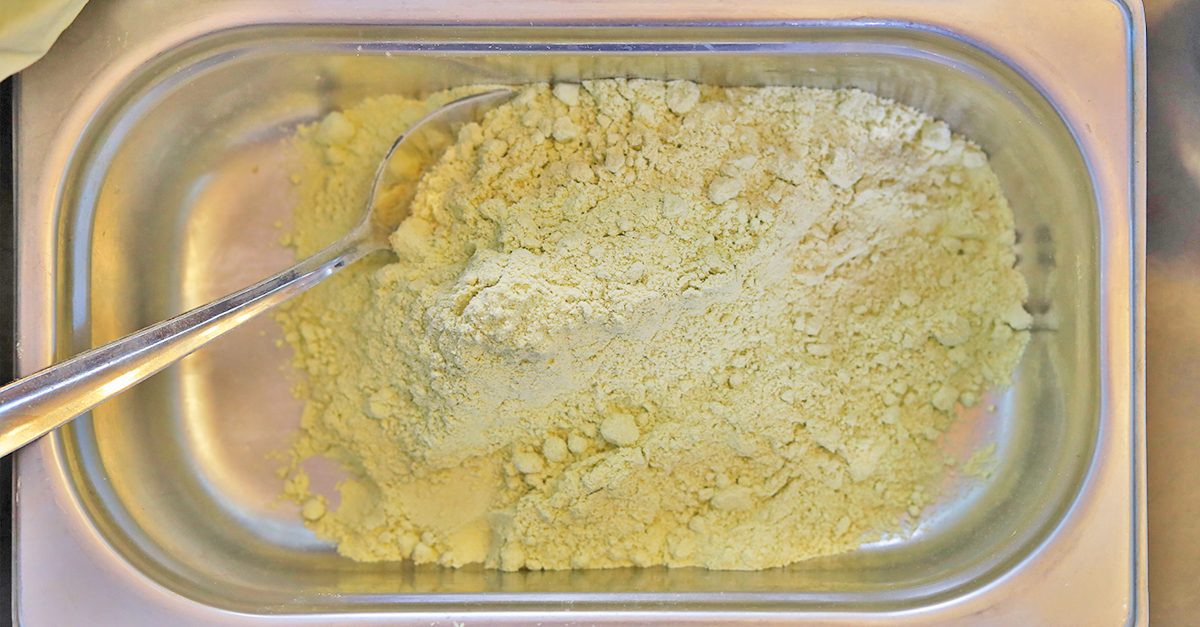How to cook chickpeas
Dried chickpeas, once cooked, are much better, healthier and cheaper than precooked ones (usually available in cans or in jars) and it is worth learning how to cook them.
;Resize,width=742;)
Dried chickpeas, once cooked, are much better, healthier and cheaper than precooked ones (usually available in cans or in jars) and it is worth learning how to cook them.
Cooking precooked chickpeas is easy; just take them out of the glass jar, drain them well from the water and add them to the preparations.
The ready-made legumes do not need to be soaked or cooked, but it is still advisable, if not used in cold dishes, to cook them together with the other ingredients for a few minutes so as to add them flavor properly.
But they have nothing to do with dry ones, completely natural and much better, for the flavor and for the superior nutritional characteristics.
How to cook chickpeas to keep them soft in the best way
Here, then, the grandmother advice to properly cook the dried chickpeas and consume them lightly seasoned or use them in various recipes.
First of all wash the chickpeas to eliminate impurities.
Soak the chickpeas for at least 12 hours (preferably for longer, but not for over 24 hours) in a basin containing water at room temperature, changing it twice. Legumes must always be completely covered by water and the proportion is 3 liters per 500 grams of dried chickpeas.
Add a bit of bicarbonate to the soaking water only if the tap water is particularly hard (the tip of a teaspoon per 1 kg of seeds).
After soaking, during which the starch contained in the chickpeas absorbs the moisture and the seeds take up consistency and swell, transfer the legumes in a colander, wash well under the tap and drain.

An old and very effective grandmother's tip is to use a terracotta pot to cook chickpeas; terracotta is in fact the most suitable material for cooking foods that must be on the fire for a long time and without changes in temperature as, in addition to legumes, cereals, vegetable soups, stews and sauces.
Put plenty of cold water in the pot, a sprig of rosemary and a peeled garlic clove and bring to a boil; remove, if you want or if the recipe say so, garlic and add the chickpeas; cook on a very low flame and with the lid, occasionally removing any foam forming on the surface with a flat perforated spoon.
Low-flame cooking is essential to maintain the nutritional properties of chickpeas unaltered and keeps them soft.
Use only the wooden spoon to mix, avoiding tools made of ferrous or plastic materials.
Some people add bicarbonate, but this substance, even if it facilitates cooking and helps to keep chickpeas soft, absorbs some of the precious nutrients and impoverishes them of a good part of the healthy properties contained.
Instead, put in the cooking water some kombu seaweed, which softens the chickpeas and at the same time provides other beneficial substances for health and, if you want to make the vegetables flavorful at most, add also 1 bay leaf.
Add salt only at the end, when you remove the pot from the heat; in fact the salt added at the beginning hardens the chickpeas irremediably.
Also, add tomato, lemon, vinegar and all the acidic ingredients as late as possible, because, in addition to thickening the skin of these legumes, they really slow cooking; even combining the acidic elements at the end of cooking helps to keep the chickpeas perfectly firm and to prevent them to collapse.

You will need about 1 hour to cook chickpeas (it is impossible a more exact time, since it depends on the variety of legumes and how they were soaked), but to make cooking faster and halve the time you can use the pressure cooker (cover the chickpeas entirely with cold water, making sure it covers them for at least 2 fingers, light the fire, calculate about 1/2 hour of cooking from the moment of whistling and, if the legumes are still too hard, cook them a bit more, without the pressure lid, for a further 15-20 minutes).
Do not throw away the cooking water, but use it in other cooking preparations, as it is rich in nutrients and it would be a shame not to use it (the vegan cuisine uses the beneficial liquid, called aquafaba, in many recipes).
Check the packaging dates and try not to leave too much time the dried chickpeas in the pantry; the more they will be "fresh", the less time you will need to cook them.
;Resize,width=767;)

;Resize,width=712;)
;Resize,width=712;)
